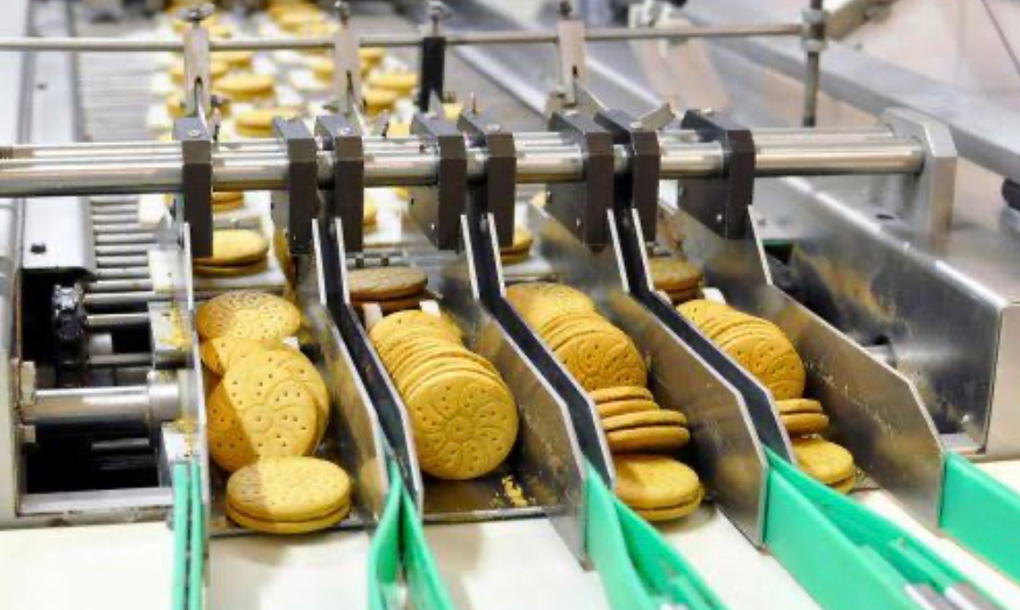10 July
The Future of Freeze Drying Technology: Trends and Predictions
Freeze-drying, a process that removes water content by sublimation while preserving structure and quality, has revolutionized food preservation, pharmaceuticals, and even the candy industry. However, what does the future hold for this transformative technology? It's time to explore some exciting trends and predictions shaping the landscape of freeze-drying.
Faster, Greener Freeze-Drying :
- Efficiency Revolution : Traditional freeze-drying is known for being time-consuming and energy-intensive. The future beckons with innovations like microwave-assisted drying and pulsed electric field techniques. These advancements promise significant reductions in drying times and energy consumption, making freeze-drying more cost-effective and appealing to a wider range of industries.
- Continuous Processing : Batch processing, the current standard, is set for an upgrade. Continuous freeze-drying systems are being explored, offering several advantages. Imagine a production line where products seamlessly transition through freezing and drying stages, leading to increased production capacity and streamlined operations. This shift towards continuous processing will be crucial for meeting the growing demand for freeze-dried products across various sectors.
Enhanced Quality and Precision :
- Precision Freeze-Control : Advancements in controlled nucleation techniques will allow for more precise control over the freezing stage. Currently, freezing can be a delicate process, with the risk of ice crystal formation damaging the product's structure. Controlled nucleation offers a solution by initiating freezing at specific temperatures and locations, ensuring optimal product structure and minimal damage. This will be particularly important for freeze-drying delicate biological materials and pharmaceuticals.
- Real-time Process Monitoring : The future of freeze-drying is all about process analytical technology (PAT). Imagine real-time monitoring systems that gather data on temperature, pressure, and moisture levels throughout the drying process. This data can then be used to optimize drying conditions for each specific product, guaranteeing consistent quality and minimizing the risk of errors. PAT will be a game-changer for ensuring quality control and repeatability in freeze-drying processes.
Expanding the Freeze-Dried Universe :
- Beyond Food and Pharma : Freeze-drying's reach will extend beyond its traditional strongholds in food preservation and pharmaceuticals. Applications in fields like tissue engineering and 3D bioprinting are being explored. In tissue engineering, freeze-drying can be used to create scaffolds that mimic natural tissues, offering valuable tools for regenerative medicine research. Similarly, 3D bioprinting can utilize freeze-dried bioinks, which are essentially biocompatible materials formulated for 3D printing applications. The ability to precisely pattern these bioinks using 3D printing opens doors for creating complex tissue structures for transplantation and drug discovery.
- The Rise of Customized Freeze-Dried Products : The future might see personalized freeze-dried options. Imagine custom candy mixes with your favorite flavors and ingredients, all thanks to advancements in online retail and manufacturing. Freeze-drying technology could be adapted to create single-serve portions or custom blends of fruits, vegetables, and other snacks, catering to individual preferences and dietary needs. This level of customization would not only enhance consumer experience but also open doors for innovative freeze-dried food products.
- Freeze-Dried Space Food : Space exploration missions require food with a long shelf life and minimal weight. Freeze-drying is a perfect candidate for creating astronaut-friendly meals. The process removes water, reducing weight and spoilage while preserving essential nutrients and flavor. Advancements in freeze-drying technology could lead to a wider variety of space food options, improving the dietary experience for astronauts on long-duration space missions.
Sustainability in Focus :
- Energy-Efficient Freeze-Drying : As environmental concerns rise, the focus will shift towards developing sustainable freeze-drying technologies. Expect advancements in heat recovery systems that capture waste heat from the process and utilize it to pre-heat incoming materials. Additionally, the use of renewable energy sources like solar or wind power to run freeze-dryers will become increasingly prominent.
- Reduced Waste Generation : Optimizing freeze-drying processes can minimize waste generation. New techniques will strive to recover valuable components lost during traditional freeze-drying, promoting a more circular approach. For instance, capturing vapors released during sublimation could allow for the recovery of volatile compounds like essential oils or flavors. This not only reduces waste but also creates opportunities for the development of valuable by-products.
- Eco-Friendly Materials : The future of freeze-drying will see a shift towards environmentally friendly materials for freeze-drying trays and containers. Traditionally, these components are often made of plastics or materials with a high environmental impact. Research into biodegradable or recyclable alternatives is on the rise, promoting a more sustainable approach to freeze-drying technology.
These trends paint a promising picture for the future of freeze-drying technology. Faster, greener, and more precise processes will unlock a new era of possibilities, not just in food preservation and pharmaceuticals, but across diverse industries. As research and development continue, freeze-drying has the potential to revolutionize the way we preserve, create, and access a vast array of products, from customized food experiences to life-saving medical advancements.
